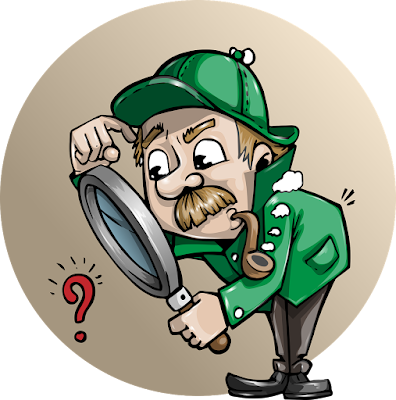INSPECTION:
Hello friends,
Today, We'll discuss on Inspection. Inspection is necessary for controlling quality in every certified organization.
Lets start discussion on this important topic. Hopefully, you'll understand this topic.
First of all, thanks for visiting.
First of all, thanks for visiting.
Now, below topics that are covering today.
- INTRODUCTION
- HISTORY
- OBJECTIVES OF INSPECTION
- FUNCTIONS OF INSPECTION
- FUNCTIONS PERFORMING STAGES OF INSPECTION.
- TYPES OF INSPECTION
INTRODUCTION:
Inspection is defined as a process which is used to controlling and checking or evaluating the quality of a product to the laid quality standards.
Evaluating a lot of products by considering the given quality standards as a reference whether it is correct or not.
Quality standards may be Final inspection standard, control plan, work instruction PCS, SOP etc. It is necessary to have a quality standard for inspection which we consider parts to be inspected.
OBJECTIVES OF INSPECTION:
There can be a lot of objectives monitoring, some important points are given below.
- Parts are inspected to determine whether the part taken from the lot is OK or NG. It separates the defective parts from OK part ones.
- Customer satisfaction will remain if the defective part is rejected before reaching to the customer. It prevents defect outflow to customer.
- Inspection is necessary to prevent the expenses of child parts and other BOP assembly or sub assembly in defective part. It helps for avoiding wastes.
- It helps the companies to sustain their reputation by maintaining quality standards.
- To find out the defects in raw material and error in workmanship.
According to lean manufacturing system, inspection is a non value added activity.
As we have read in the previous concept '3M (Muda, Mura, Muri), there are two types of MUDA (Waste).
Type-1 MUDA and Type -2 MUDA
Types -1 MUDA includes necessary non value added activity.
Inspection is the necessary non value added activity. Because the inspection product does not add any value, but it is necessary for the company.
FUNCTIONS OF INSPECTION:
- Inspection of incoming material
- Inspection during manufacturing
- Mechanical and metallurgical inspection
- Tool inspection
- Finished products inspection
FUNCTIONS PERFORMING STAGES OF INSPECTION:
- Inspection of incoming raw material, BOP/child parts coming from supplier is done at IQA stage. IQA inspector is responsible for incoming parts inspection.
- Inspection during manufacturing is done at inprocess inspection stage. At inprocess stage, inprocess inspector is checking every dimensions of part according to given standard. Sampling inspection plan is also follow for sampling inspection at this stage.
- Mechanical and metallurgical inspection is done for checking raw material properties and other testing procedures. This responsibility is given to IQA person and lab person.
- Tool inspection work is done by laboratory. It is also known as instruments validation. This is very important for manufacturing that the instrument we use must have zero error.
- Finished goods inspection is done at PDI (Pre Dispatch Inspection) stage. In this stage, parts to be checked on 100% inspection and sampling inspection.
TYPES OF INSPECTION:
Based upon method of inspection there are many types of inspection, but here we will discuss on some important broad level types of inspection.
- Remedial Inspection
- Inprocess Inspection
- Layout Inspection
- Pre Dispatch Inspection
- Sampling Inspection
- Firewall Inspection.
Remedial Inspection:
When, any issue in supplier's part comes from the customer or there is an internal issue, then corrective action and preventive action is taken for that. Then it is checked by deciding the frequency of inspection whether the preventive action that we took is being followed or not. This inspection is called remedial inspection.
Inprocess Inspection:
In this type of inspection, parts are checked after every one hour. Sometimes, make a frequency of numbers like part is checked after every 10 parts or 15 parts or 50 parts.
In this way, Inprocess inspection is performed in company.
Layout Inspection:
In this, ballooning the part's drawing and identifying all the dimensions in it, numbering it. According to this, All the dimensions and features of part are checked.
Pre Dispatch Inspection:
In this stage, parts to be checked on 100% inspection and sampling inspection with reference to the given limit sample part.
This type of inspection is follow its own different standard.
Sampling Inspection:
In this inspection method, parts are checked on sampling basis. Sampling standard followed for parts inspection.
Firewall Inspection:
In this type of inspection method, every part is checked is mandatory. It is also known as 100% inspection method.
You will understand this hopefully.
Thank you.
Thank you.
Some of related question that help to improve your basic knowledge.









No comments:
Post a Comment